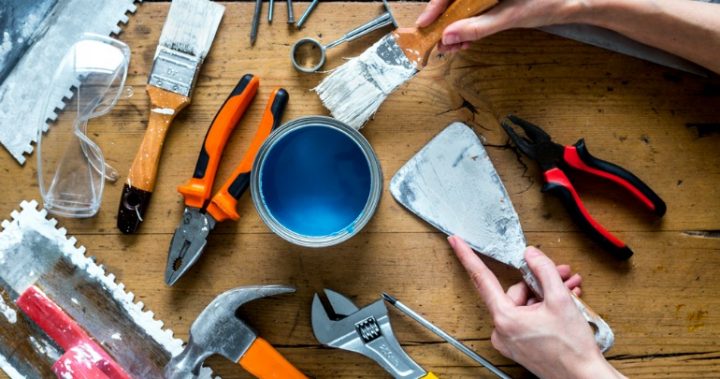
New units are cropping up by the dozen, and last month all four of Australia’s major banks (and some smaller ones) raised rates on interest-only home loans.
The rate hikes were between 0.3 and 0.34 per cent, which might sound manageable in isolation. But for the many Australians who own multiple investment properties, it’s a sucker-punch.
According to Morgan Stanley analysts, the rate rises will result in approximately $900 million of extra annual profit for the banks.
So no, it’s not a small problem, but since there’s no way around it, the question now becomes how you can make your investment property stand out in a sea of units, to ensure you have rent coming in to help cover those higher repayments?
Maya William of rent.com.au has a few good suggestions on the issues to consider.
Renovating a property in order to secure a better rental return is an investment in itself, so the first step in weighing your options is to remove emotion from the decision and look at it from a purely financial perspective.
“If you spend $25,000 on the upgrade to make an extra $50 a week, that’s 10 years to get your money back,” William points out. “Longer if you include tax and depreciation.”
By the time you pay off the amount spent on a renovation, your investment property may need other minor upgrades; you can easily get caught in a vicious cycle of spending too much for too little yield.
Location will always play a part in how much you can afford to spend on a property, but owning something in a great suburb isn’t a precise indicator.
For example, rental opportunities will be snapped up relatively quickly in Sydney and Melbourne no matter their condition, simply because there is more demand for location than for quality. This means that a big investment may not be required to secure a good rental income in these cities.
Thanks to a slower market, though, fantastic rental properties in Perth could sit vacant for weeks or months at a time. And even then, William cautions, you could be pressured to reduce your rent to meet the market.
It can be difficult to assess the pros and cons on your own, but there’s no harm in asking a local rental agent for their opinion on the type of renovation you have in mind. They can help you determine a reasonable spend before you start.
If you can’t afford to do something drastic, such as renovating a kitchen or bathroom, you can always turn your eye to cosmetic changes. A fresh coat of paint, new window dressings, and tidying up the front yard to enhance curb appeal could help to secure a tenant. Even something as small as switching to modern light fixtures or steam-cleaning carpets can make a big difference to the way prospective renters view your property.
“The only real answer is to approach the investment like an accountant,” William says, i.e. think of what’s best for the property and your investment as a whole, not just about the aesthetics.
Once you’ve secured a renter, meanwhile, there’s one piece of advice that William says everyone should follow:
“If you have a tenant and you are happy with that tenant, then be a great landlord. It is always easier – and generally more financially rewarding – to keep a customer than to find a new one.”